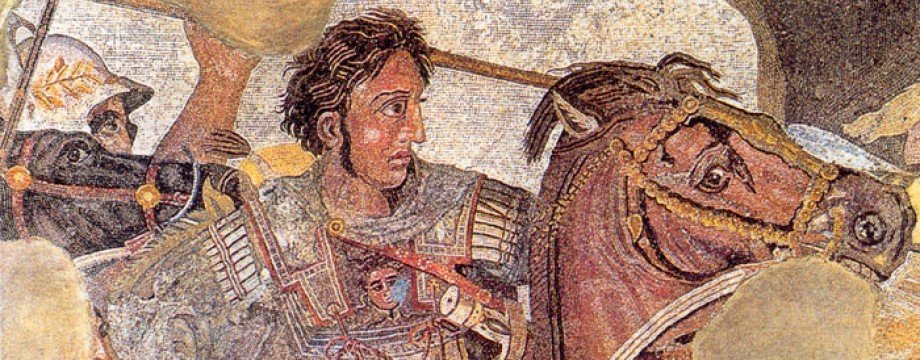The Nature of Curtius
Book Three Chapters 11 – 13
For other posts in the series click here
Chapter Eleven
A Ridge with a View
The Battle of Issus got underway. Upon seeing that Darius was trying to surround his army, Alexander ‘ordered two cavalry squadrons to maintain a position on [a] ridge’ overlooking the battlefield. It appears from Curtius’ text that they remained there for the rest of the battle.
The battle effectively ended when, fearing that he was about to be captured by Alexander, Darius fled. Before doing so, he threw ‘off his royal insignia so they could not betray his flight’. The consecrated eagle on his chariot had already been left behind, now he divested himself of the hawks attacking one another.
We should not be surprised by Darius’ actions. When he cited tradition as his reason for refusing to split his army up, Codomannus proved himself to be a man living in the shadow of past Persian Great Kings rather than their worthy successor. His willingness to shed the marks of his kingship simply takes his unworthiness to sit upon the Persian throne one step further; it proves that he was their shadow.
Once Darius fled, the Persian army quickly followed. Some of the men returned to their camp through the pass, while others began the journey back to Persia. These latter took different routes with some crossing the plains and others travelling across the ‘sequestered mountain passes’. Alexander was also on the move - doing his best to chase the Great King down.
Chapter Twelve
Altars by the Shore
Thanks to horse relays, Darius escaped. Thwarted, Alexander made his way to the Persian camp. That night, as he banqueted with his ‘most intimate friends’ a loud cry issued from the Persian royal family’s tent. The women were lamenting what they believed to be the death of their king.
When Alexander visited them the next day, Sisygambis - the Queen Mother - made her famous mistake when she paid homage to Hephaestion thinking him to be the king instead of Alexander who was standing next to him.
Later, Alexander ‘consecrated three altars on the banks of the river Pinarus to Jupiter, Hercules and Minerva’. I can only wonder why he chose to carry out the sacrifice next to the river.
Chapter Thirteen
Snow Outside Damascus
Alexander’s journey now takes a back seat as Curtius follows Parmenion to Damascus. He had been sent there to retrieve the Persian royal treasury.
While Parmenion was still on the road, the governor of Damascus decided to surrender. He sent a message to Alexander to that effect.
Parmenion intercepted this message. After reading it, he ordered the messenger to return to Damascus - presumably to inform the governor that his surrender had been accepted.
On the way back, though, the messenger escaped from his Macedonian escort, and it seems he did not return to his master, for on seeing Parmenion approach, the governor thought his offer to surrender had been turned down.
Anxious to avoid a fight, he ordered his porters to march out of the city before sunrise carrying the royal treasury. It was a cold and windy morning. Upon a moment, the weather turned; it began to snow.
To protect themselves against the porters put on ‘the gold-and-purple-embroidered clothing’ that they had been carrying along with the money and other valuables.
In Chapter Ten we saw how Alexander pointed out those in the ‘enemy line’ who were wearing gold and purple. Curtius says that these clothes belonged to ‘high-ranking men and… distinguished women’. Perhaps the men’s clothes belonged to the same men that Alexander had pointed out to the Illyrians and Thracians.
The porters’ actions were in absolute contravention of Persian protocol, but ‘the king’s misfortunes meant that even the dregs could flout his authority’.
Upon seeing the richly clad men approach him, Parmenion mistook them for soldiers and prepared for a fight.
Fortunately for all concerned, however, the porters had good eyes. Despite the snow, they saw the Macedonian force in front of them; and as soon as they did, they dropped their loads and took to their heels.
Rather than pursue them, the Macedonians set about recovering the treasures - reaching into bramble-bushes and sinking their hands into mud in order to reach it.
